
The release candidate (RC) of GNOME Desktop 49 is out for testing purpose!
This is the final development release for GNOME 49, while the stable release is planned for September 17th. It added some new features, various bug-fixes, and improvements.
News, Tutorials, Howtos for Ubuntu Linux

The release candidate (RC) of GNOME Desktop 49 is out for testing purpose!
This is the final development release for GNOME 49, while the stable release is planned for September 17th. It added some new features, various bug-fixes, and improvements.
![]()
Linux Mint, the popular Ubuntu LTS based Linux Distro, announced new 22.2 point release today.
Linux Mint 22.2, code-name “Zara”, is the second update for the 22 release series that’s based on Ubuntu 24.04 with support until 2029.

GIMP 3.1.4, the second development release for next major 3.2, was released few days ago!
The new release of this popular image editor introduced some exciting new features, including link layers, vector layers, MyPaint brushes version 2, and more.

For NVIDIA users with GeForce RTX 40 Series GPUs (e.g., 4060, 4090), it finally supports Smooth Motion frame generation for better gaming performance in Linux.
NVIDIA Smooth Motion is a feature designed for games without native DLSS support. It uses AI to generate additional frames between two rendered frames for overall smoothness of game-play.
Continue Reading…

This is a step by step guide shows how to manually compile & install FFmpeg 8.0 from source with NVIDIA GPU acceleration support through cuda-nvcc and enable-libnpp in Ubuntu 24.04 & 22.04.
FFmpeg 8.0 so far is the latest version of this popular multi-media library, that features APV and ProRes RAW decoders, hardware accelerated VP9 and VVC encoding, and new Vulkan compute-based codecs support for FFv1 (encoding and decoding).
![]()
Just Perfection, the popular tool to configure Gnome Shell behavior and UI elements, release new 35.0 version few days ago.
In case you don’t know about it, it’s an extension for GNOME desktop that provides a graphical interface to toggle visibility of the desktop elements, and change the common desktop behavior.
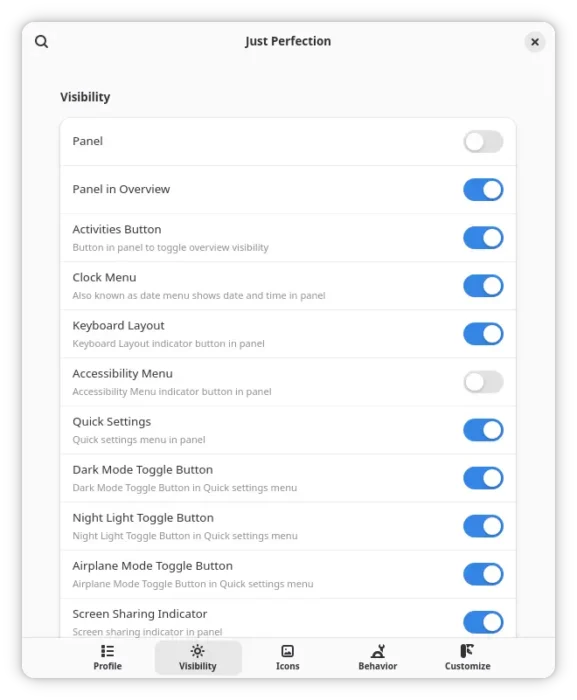
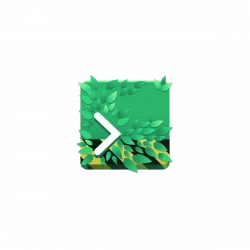
Like the new Ptyxis terminal emulator introduced in Ubuntu 25.10, here’s how to install and set it as default in current Ubuntu 24.04 and 22.04 LTS.
Ptyxis is a modern terminal emulator designed for GNOME with first-class container integration, such as auto-discovery and option to launch a container in new tab, preferences profiles with container integration for Podman, Toolbox, Distrobox, and JHBuild.
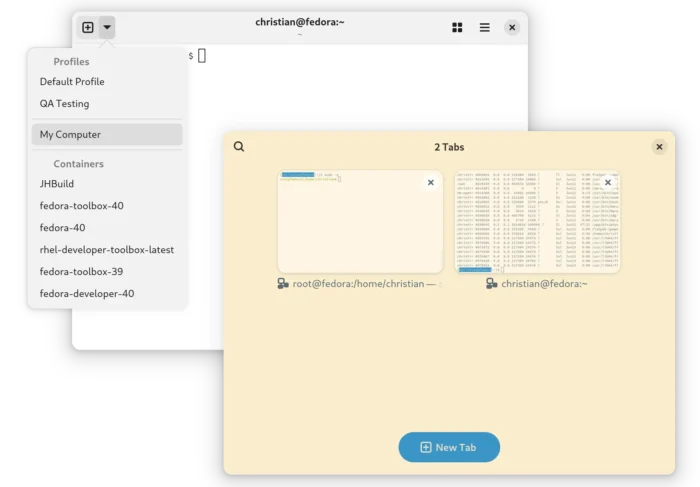

Ubuntu 25.10 snapshot 4, the new monthly snapshot release of the next Ubuntu release, is available to download.
This is the final snapshot release for 25.10, as next will be the Beta release planned for September 18, while Ubuntu 25.10 stable release will be available on October 9.
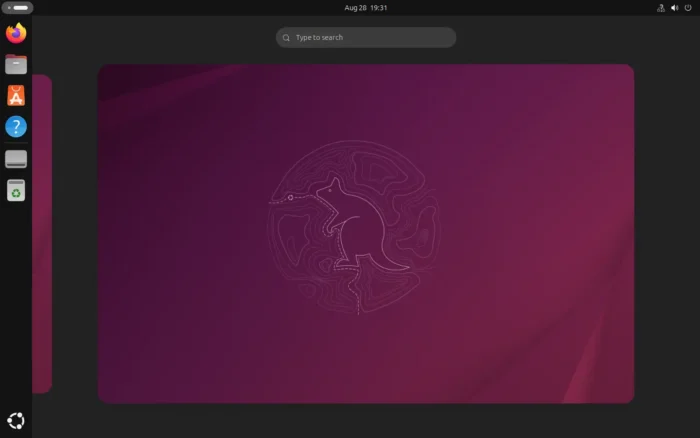
![]()
The default Firefox browser (Snap version) in Ubuntu 24.04 is always failing to download or open files! Here’s why and how you can fix it.
Not only for Firefox, the issue also happens when read or write user files with other SNAP apps in both Ubuntu 22.04 and 24.04 LTSs.
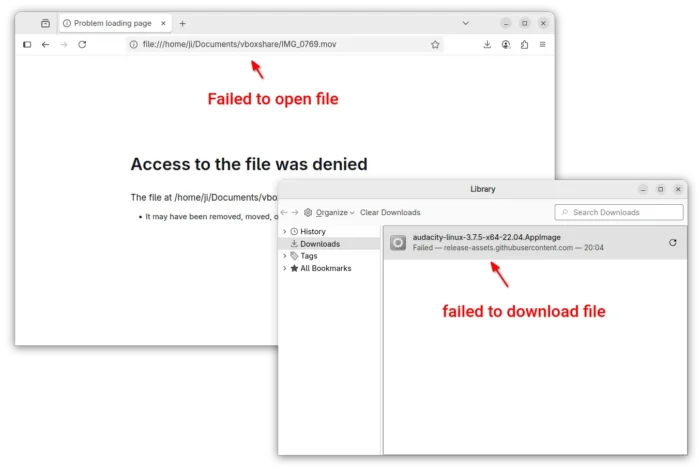
Firefox cannot download or open files in Ubuntu 24.04
![]()
CopyQ, the free open-source clipboard manager, released new 11.0.0 version few days ago.
The new release of this Qt-based advanced clipboard manager added some new features and improved scripting support with new class and other changes.
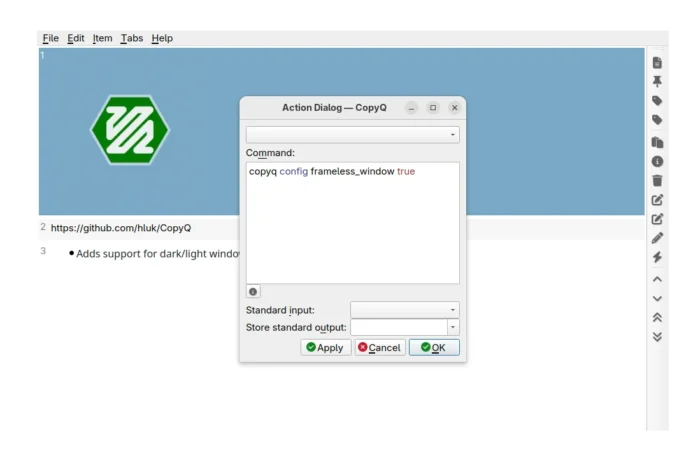
CopyQ window without title-bar and border